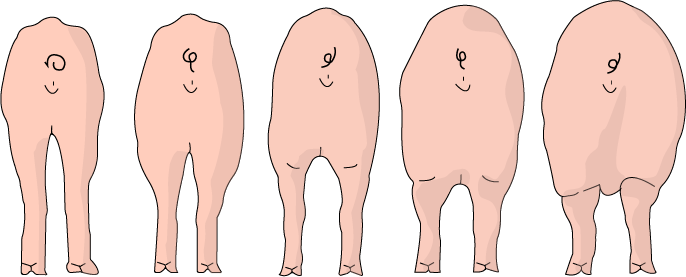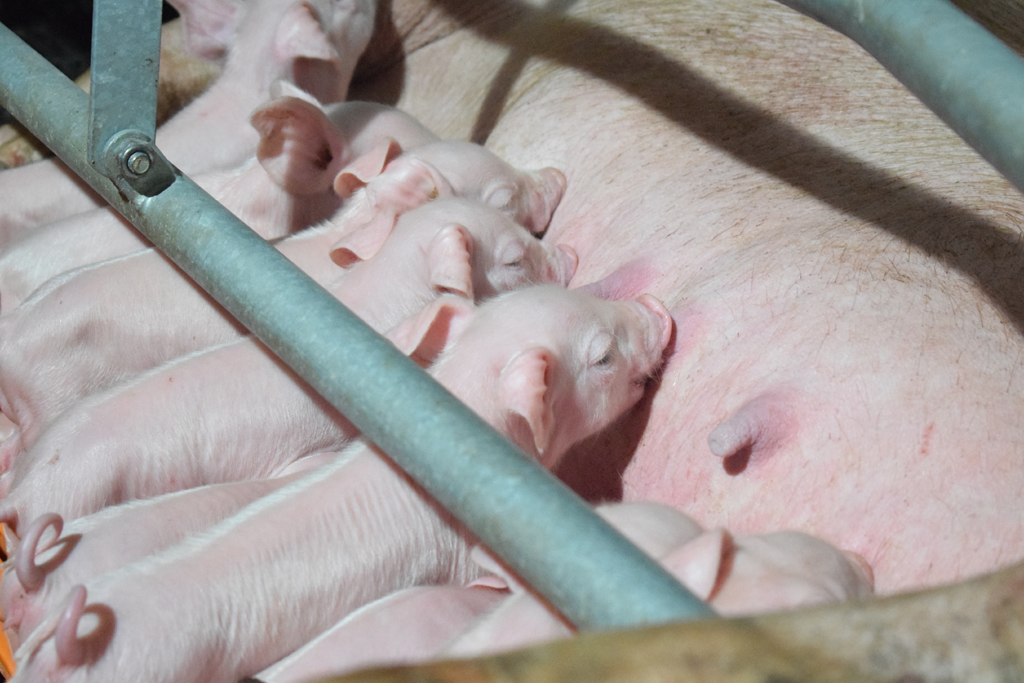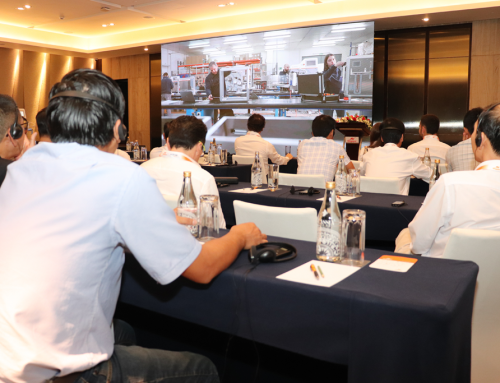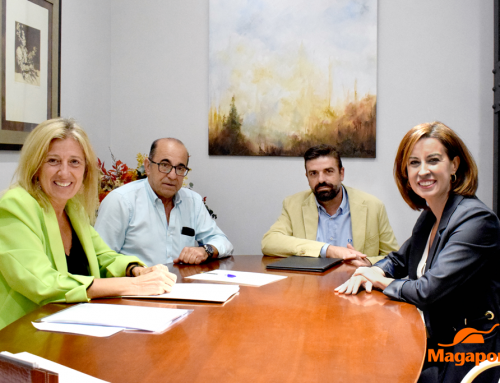To perform this measurement we find different methods, both subjective and objective. With the subjective method we must evaluate the body condition visually with a scale of 1 to 5 in which 1 would represent very thin sows, 5 very fat and 3 is the optimum. As it is a subjective method it should always be done by the same person.

Objective measurements are made through the use of measuring instruments.
Objective measurements are made using measuring instruments that indicate the thickness of dorsal fat. Traditionally, this measurement is carried out with the RENCO device, for which the device is impregnated with oil and placed on both sides of the animal (at the level of the last rib and approximately three fingers away from that point). Nowadays, there are other devices to measure fat that use an ultrasound probe, which performs the measurement in the same place, but using ultrasound gel.
Fatscan is a portable instrument designed to measure the thickness of dorsal fat by ultrasound quickly and accurately. This device performs ultrasound-driven measurement of the thickness and layers of dorsal fat. This evaluation should be measured at point P2, which corresponds to a specific point on the carcass 6.5 cm from the midline or spine, at the level of the last rib. This point has a direct relationship with the total fat cover and with the body condition of the animal.
When we consider establishing a valuation system, we must be very clear about our starting point and our objectives. In addition, we must take into account that the particularities of each genetics will differ in the parameters of weight at first mating, backfat thickness, days of age for the optimal time of first mating, … so it is very important to have these values clear before starting to record measurements in our farm.




